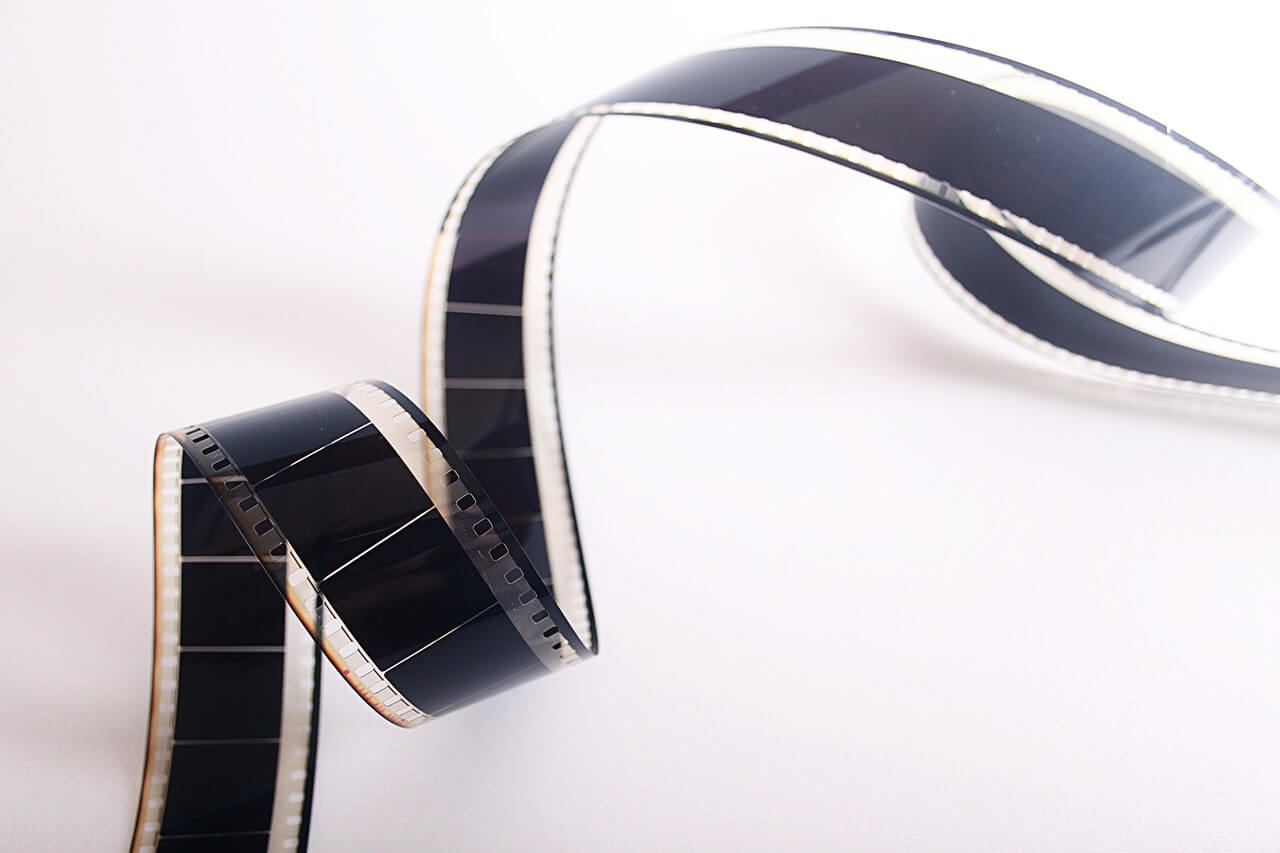Fire! is a British filmdirected by James Williamson , released in 1901 .
This film reiterates the first use of the field-counterhole in the history of cinema with a previous film by James Williamson, Attack of a Mission in China ( 1900 ).
Synopsis
The fire is discovered by a police officer who tries in vain to enter the house. He gives the alert. Firefighters pull out a rescue car and pull the horses out, immediately followed by another vehicle. In his smoky room, a man is despairing. Suffocating, he tries to extinguish the fire that threatens him by pouring water from a pitcher, a derisory attempt. He tries to get out the door, he is prevented by the flames that we guess on the landing. The man collapses on the bed, fainting. When the fire gains the curtains, the flames while devouring the veil find a firefighter who is there, behind the window, perched on a ladder. With an ax, he kills the cross and enters, pulling behind him a fire hose he uses. Then he takes the man still unconscious in his arms and evacuated through the window. Carrying the man on his back, he descends the ladder. Arrived on the ground, the survivor, who found his mind, laments, pointing to the window, his child remained in the house. Another fireman pushes the door and returns with the girl in his arms, which he gives to his father, grateful. Upstairs, another man appears at a window, we tend a canvas, the man jumps. He is unscathed, we evacuate him. another man appears at a window, a safety cloth is stretched out, the man jumps. He is unscathed, we evacuate him. another man appears at a window, a safety cloth is stretched out, the man jumps. He is unscathed, we evacuate him.
Technical sheet
- Original title: Fire!
- French title: Au feu!
- Director: James Williamson
- Production: Williamson’s Kinetograph Company Ltd
- Photography: J. Williamson
- Length: 3m07s
- Format: 35 mm double set of 4 rectangular perforations Edison, black and white (colored), mute
- Released: England October 15, 1901
Interpretation
- All the small roles were held by firefighters in the town of Howe.
Historical Importance
To increase the impression of urgency in the preparation of the firefighters, James Williamson uses the montage plan shot , the jump-cut , that is to say it rids the plans of their parts too slow, unnecessary, and that it shortens the action without appealing to what are called cutting plans, intended to hide these cuts. The jump-cut, considered for a long time as a fault of fitting will later be a process dear to Jean-Luc Godard who will propose it as figure of style and it is used since by all the film-makers of today.
When the camera is in the room where the victim fainted, a firefighter shows up by the window and enters the room, carrying the man on his back. The next shot is the counter-shot of this shot. Again, after Attack on a mission in China , James Williamson builds his scene on a couple field-against field articulated on the window which serves as a landmark to attest to the uniqueness of place of the two planes, therefore the temporal continuity action despite the passage from an inner to an outer plane, the transition from a decor to another decor 1 .
“However, the field-against-field was not easy to invent and easy to copy. Three years later, Edwin Stanton Porter true for Thomas Edison Life of an American Fireman ( The Life of an American Fireman ), and it failed to reproduce the field against-field. However, to the journalists who interviewed him, Edwin Porter willingly confided to having seen Fire! , and be inspired by it. One would assume that he has understood the lesson of James Williamson but it is not the 2 ” Indeed, he dare not do what the English of the School of Brighton are soon ( in 1899), namely to alternate the plans not taking place in the same setting but participating in the same action and in this case more specifically, to mix the interior filmed in the studio with the outside filmed in town, “to match” the two shots, as the editors say. Edwin Stanton Porter shows the scene, filmed in the studio, from beginning to end, and then takes exactly the same action, this time filmed outside in front of a building, also from beginning to end. This doubling of the action did not bother him. Similarly, Georges Méliès , in The Journey Through the Impossible , still later ( 1904 ), shows a train stopping at the station and the descent of travelers, first seen from inside, then the same action in its duration,”The same travelers are going down for the second time. Conventions which are those of the theaters of fairy tale, but which ceased after 1908 to be those of the cinema 3 . ”
Notes and references
- ↑ Marie-France Briselance and Jean-Claude Morin , film grammar , Paris, New World ,, 588 p. ( ISBN 978-2-84736-458-3 ) , p. 83
- ↑ Briselance and Morin 2010 , p. 83-85
- ↑ Georges Sadoul , history of world cinema from its origins to today , Paris, Flammarion ,, 719 p. , p. 30
